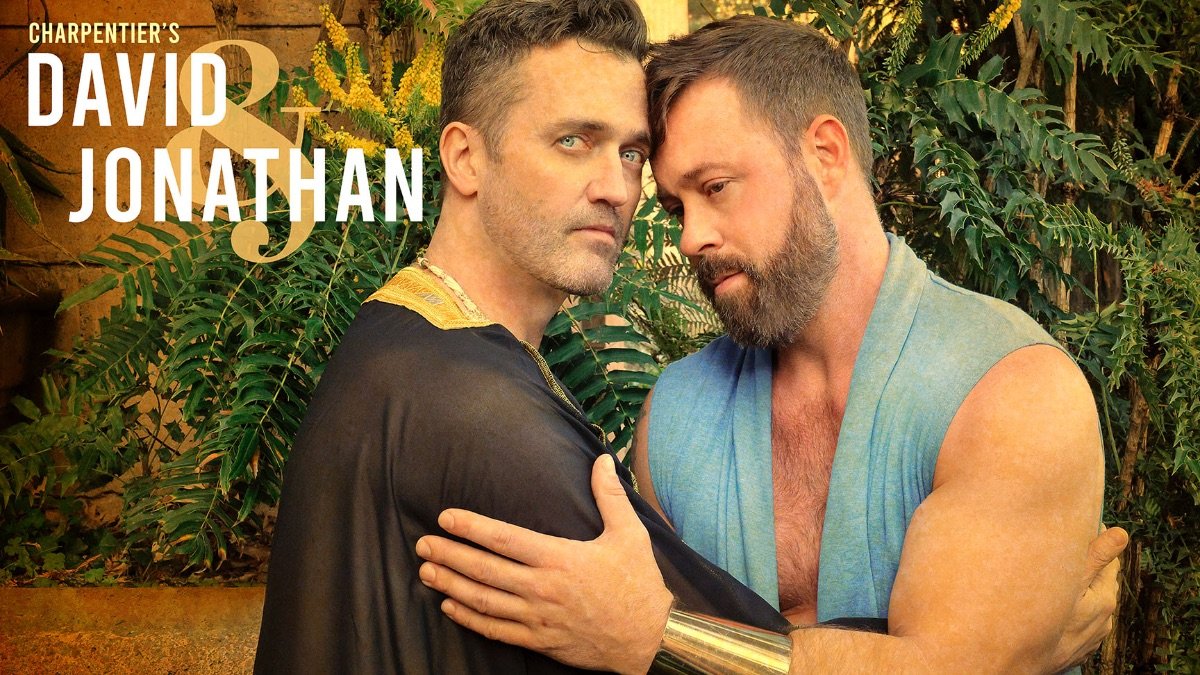5 Questions with Biblical Scholar Ron Hendel
1.You approach the Hebrew Bible from so many angles—linguistics, comparative mythology, textual criticism, and cultural memory. Why must one use multidimensional method, and how does that shape the way we read and interpret stories from the bible over time?
It’s not necessary to use a multidimensional method, but it helps to bring out the different layers of meaning in the text. The Hebrew Bible is a complicated and often sophisticated work, which is all too often read in a simplistic manner. My job is to bring out these multiple significances, which makes reading the Bible far more interesting than usually assumed.
2.You’re the editor-in-chief of The Hebrew Bible: A Critical Edition. What do you hope changes about how we read or understand biblical texts through this new edition?
One of the things we’ve learned in recent decades is that the text of the Hebrew Bible circulated in multiple editions in antiquity. Our new edition will show these editions in parallel columns, visually illuminating the major revisions and expansions – including some in the story of David and Jonathan (for example, in 1 Samuel 16-18). The biblical text is not one thing, but multiple texts with plural perspectives.
3. Can you explain cultural memory and how stories are reshaped over time?
Cultural memory is a collection of representations of the past that are relevant in the present. We learn about these memories in various settings (family, school, civil and religious rituals, etc.) from authoritative transmitters and interpreters of the past. Since present interests and claims are always in flux, the representations of the relevant past are also in flux. Hence stories change to “rhyme” with the present. This involves a dialectic of selective memory, forgetting, and constructive imagination.
4. In the biblical text, Jonathan is caught between loyalty to his father Saul and his love for David. How does the Bible frame that conflict, and how do you see that tension resonating in contemporary interpretations?
Jonathan’s dilemma is a choice between loyalty to his father – including his duty as future king – and his love of David. Interestingly, loyalty and love are virtual synonyms in Biblical Hebrew, making this choice even more fraught. Jonathan’s choice of love/loyalty to David helps to ensure David’s succession to the throne, an act of self-sacrifice in the name of love. Jonathan becomes, in a sense, David’s double, whose love and death create the future king.
5. What should audiences keep in mind when watching Charpentier’s David and Jonathan in terms of biblical accuracy, artistic license, and the cultural filters through which this narrative has passed?
Charpentier’s work is another step in the cultural memory of David and Jonathan, transposed to a new medium and crafted with the aesthetics and desires of modernity. It can be savored as part of the process of cultural memory, in which artistic imagination and the biblical text are intertwined, like David and Jonathan. In a sense, the relationship between the biblical past and the “filters” of the present is ongoing, since the story itself is already an interpretive transformation of the past.





